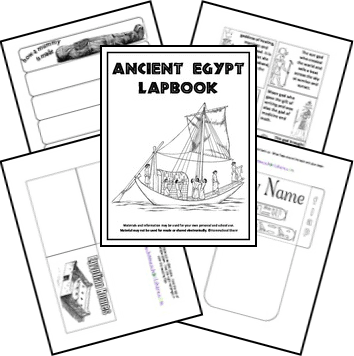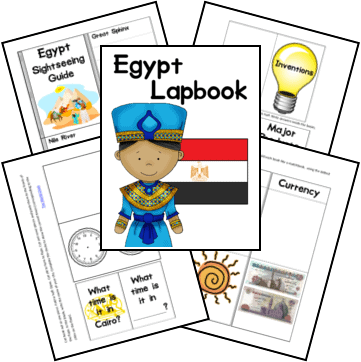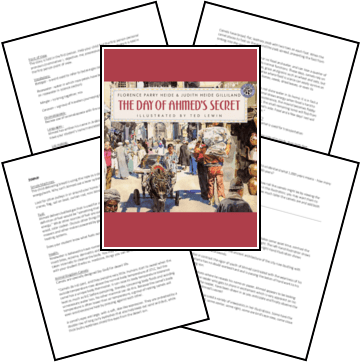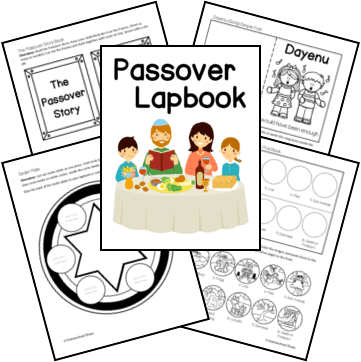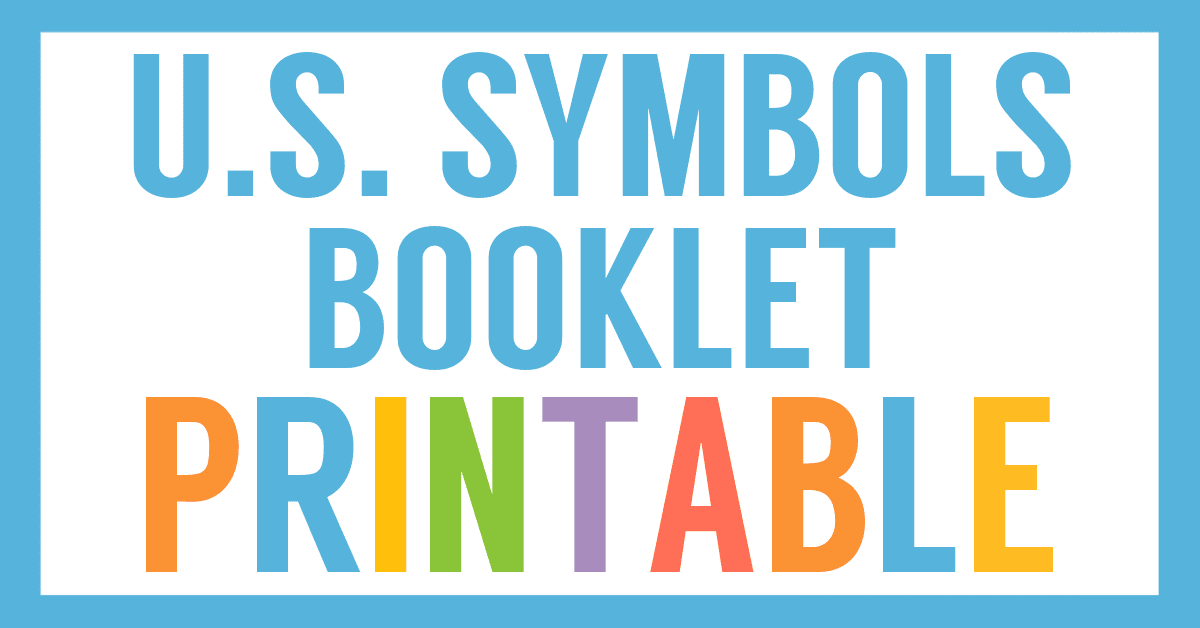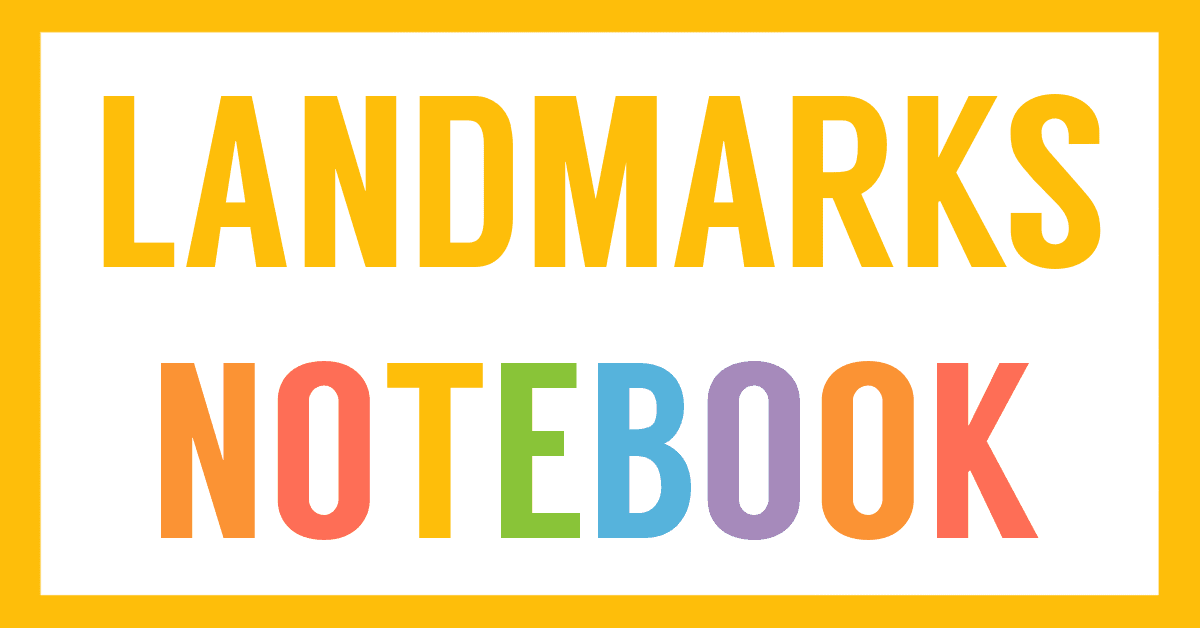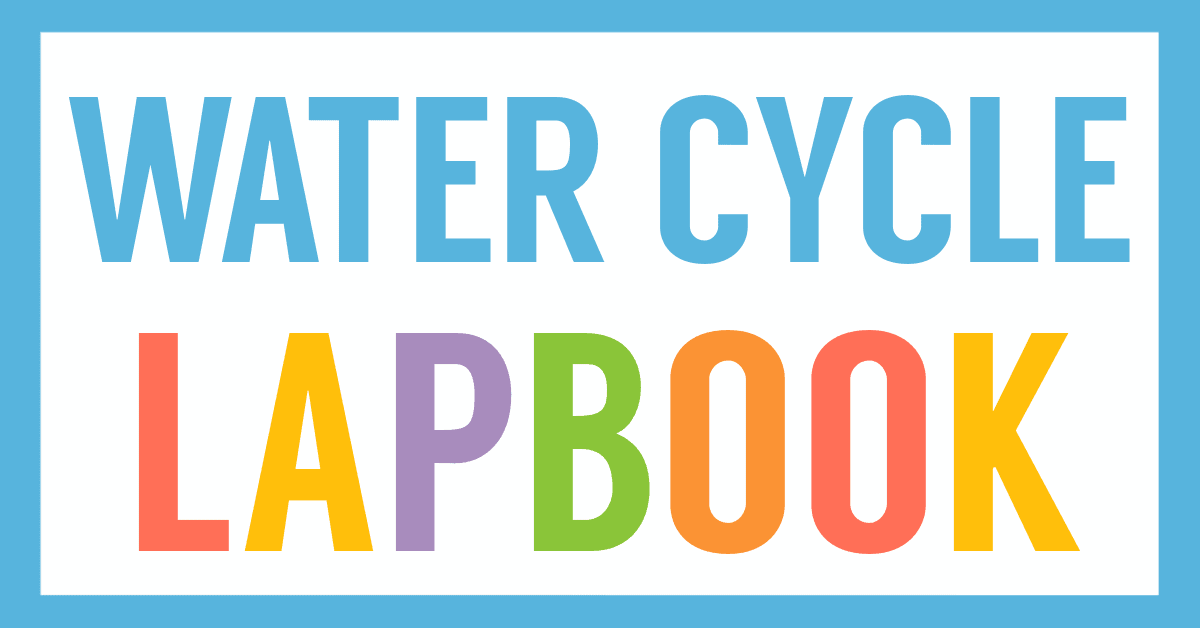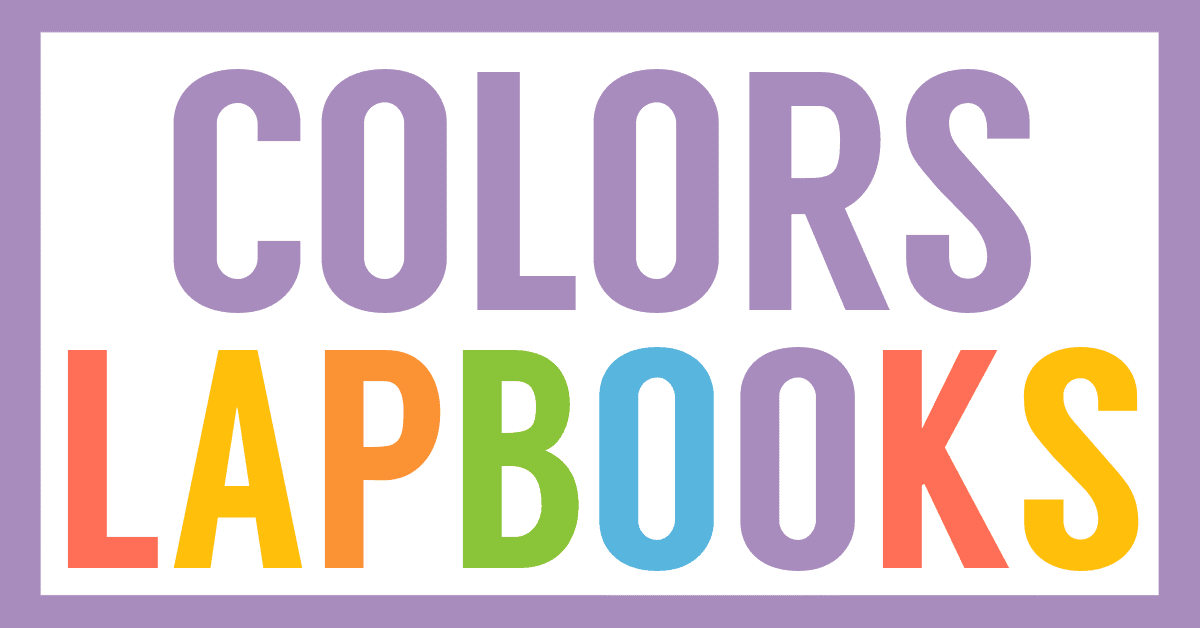Affiliate Disclaimer
We sometimes use affiliate links in our content. This won’t cost you anything, but it helps us to keep the site running. Thanks for your support.
Thanks to Jodi Small for writing the lessons for this Ancient Egypt lapbook study.
Jump into a time machine and travel back to Ancient Egypt. Learn all about famous places and people as you create an Ancient Egypt Lapbook.
Ancient Egypt Lapbook Lessons
Here are some sample lessons from the Ancient Egypt lapbook study.
Egypt
Egypt is a country in northeastern Africa. It is mostly a huge desert. Because water is scarce in a desert, most Egyptians lived on the banks near the Nile River. Upper Egypt, the southern part of the country, is named for the mountains that are there. Lower Egypt, the northern part of the country, is where the delta of the Nile River is located. This is the area that floods in the spring from snow melting off the mountains.
Nile River
The Nile River is the longest river in the world. It’s more than 4000 miles long. The Nile was used for many things – drinking water, bathing, food, transportation and gardening. When the Nile flooded, black, fertile mud washed onto the shores. The Ancient Egyptians called it “Black Land”. Egyptians planted their crops, mainly wheat and barley, in this black mud.
Egyptian Life
Egyptian houses were made of mud with high ceilings and flat rooftops. The rooftops were used for cooking and sleeping. The beds were made of wood and reeds. There was not a lot of furniture in an Egyptian house.
Egyptians wore white, loose fitting linen clothing. Because of the heat, they rarely wore shoes and many shaved their heads. Boy’s would leave 1 braid of hair on the side of their heads. The wealthy, men and women, wore make-up, wigs, jewelry, and perfume.
Children played with spinning tops, balls, dolls, wooden animals and board games (like chess or checkers.) They did not go to school and they lived with their parents until they got married.
Egyptians were some of the first people to keep pets.
Many Egyptians were farmers. Some were artists: sculptors, painters, potters, weavers, ship builders, leather workers and jewelry makers. Egyptian writing was called hieroglyphics, or picture writing. There were over 700 signs. Egyptians that knew how to write were scribes. They kept records for the government, merchants and traders or copied magic spells and scientific information.
You can grab a copy of the entire Ancient Egypt Lapbook in an easy-to-print file at the end of this post.
Ancient Egypt Lapbook Printables
In addition to the lessons, the file also includes these mini-books for your student to create an Ancient Egypt Lapbook:
- Ancient Egypt Vocabulary Flap Book
- The Exodus Mini-book
- Shabtis Flap Book
- Scarab Matchbook
- Sphinx Riddle Mini-book
- Pharaoh Matchbook
- Book of the Dead Matchbook
- All About Papyrus Scroll Shape Book
- How a Mummy Is Made Mini-book
- The Nile River Simple Fold Book
- King Tutankhamun Layer Book
- Egyptian Gods and Goddesses Layer Book
- Egyptian Homes 3/4 Book
- And more!
Ancient Egypt Book List
Read some of these books together as you study Ancient Egypt.
- Who Was King Tut? by Roberta Edwards
- See Inside Ancient Egypt by Rob Lloyd Jones
- Pyramid by David Macaulay
- Tutankhamen’s Gift by Robert Sabuda
- Tut’s Mummy Lost and Found by Judy Donnelly
- The Golden Goblet by Eloise Jarvis McGraw
- Cleopatra by Diane Stanley
- Egyptian Treasures (CD) by Jim Weiss
How to Get Started with Your Ancient Egypt Lapbook
Follow these simple instructions to get started with the Ancient Egypt lapbook:
- Check out books about Ancient Egypt and read them together throughout your study.
- Print the Ancient Egypt study.
- Choose the lessons you want to use with your student (a highlighter works great for this).
- Choose and prepare the lapbook printables you want to use with your student.
- Enjoy learning all about Ancient Egypt.
Get Your Free Unit Study & Lapbook
Simply click on the image below to access your free Ancient Egypt Lapbook.

